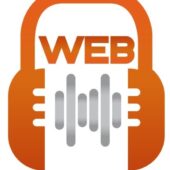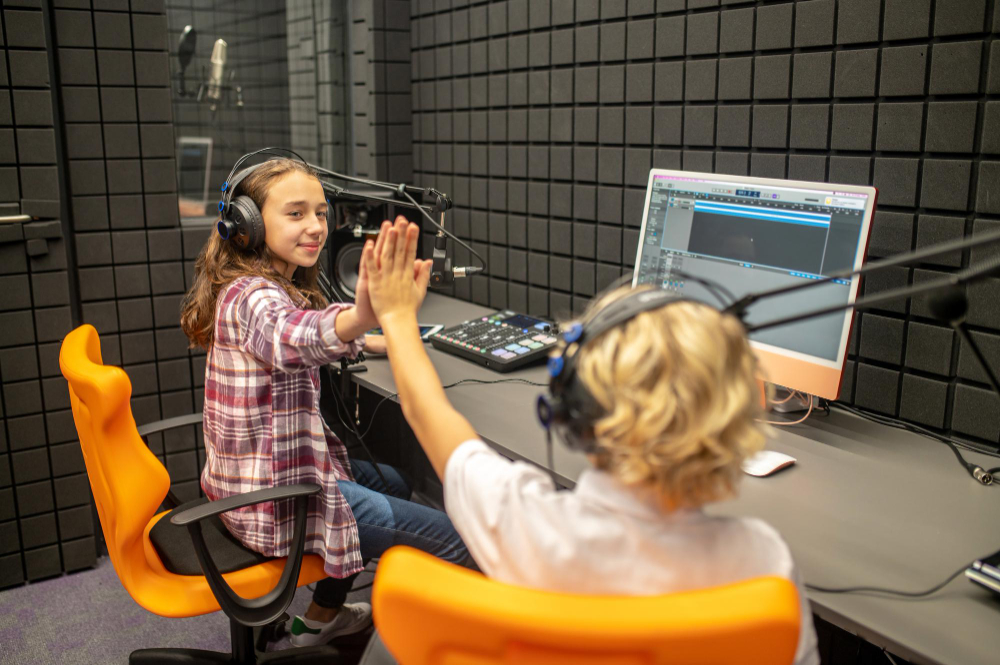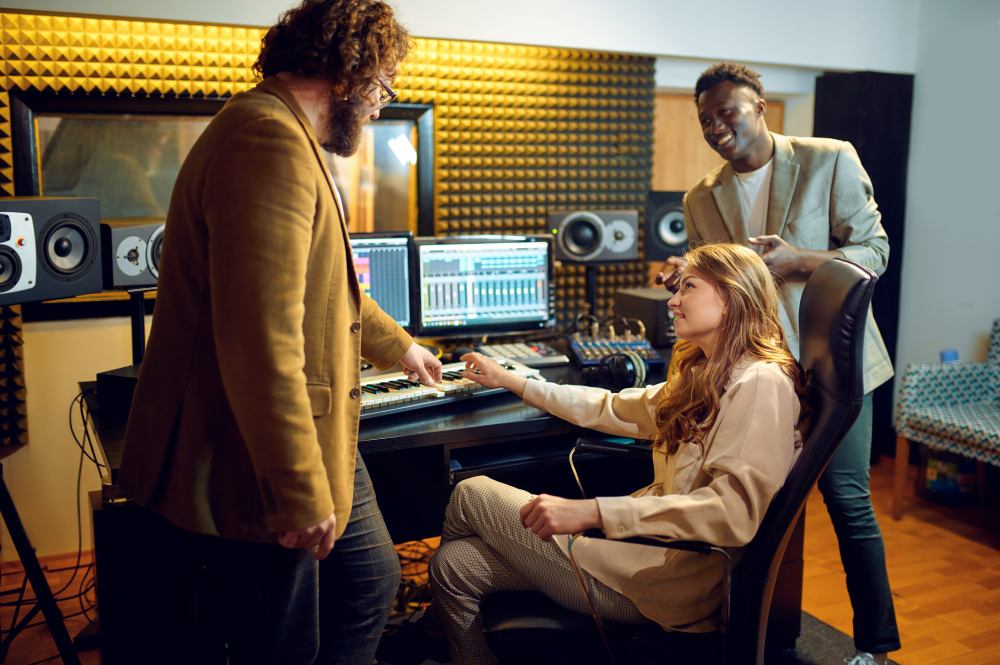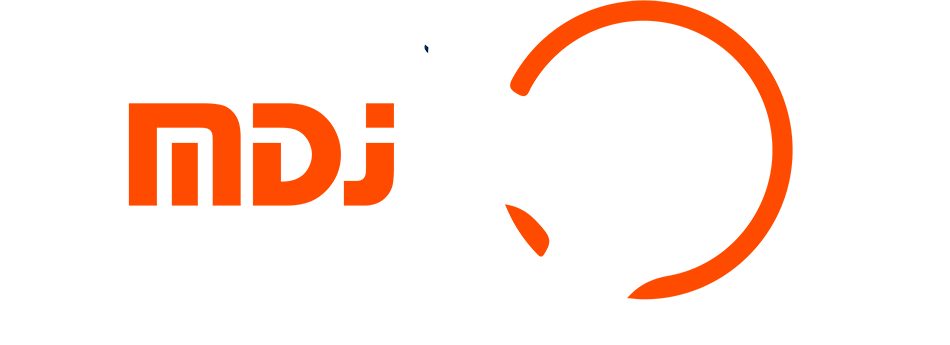7 different types of EDM music
Written by admin on May 21, 2016
As a bassist, conductor, teacher and musical copyist, I have worked with hundreds of singers over the years. Although working musicians know hundreds of songs, singers need to have good ratings to get their music played the way they want it to be played. I define a “good chart” as a piece of written music that effectively tells musicians what to play.
Written music comes in seven basic forms: chord charts, sheet music, songbooks, master sheets, dummy books, master beat charts, and fully notated parts.
Just as a musician has the responsibility to correctly play the card in front of him, the card provider has the responsibility to provide the correct type of card. It is very important to know what type of chart to use for what type of song or concert.
This article explains the different types of charts and when to use them. I hope you find this useful.
TYPES OF EDM MUSIC
Charts can be simple or elaborate depending on the style of music and the type of concert. Cover songs are traditionally learned from recordings; classical and choral music can be found in sheet music stores as well as in various music catalogs; many tunes will be found in music books of all kinds; and many public libraries offer recordings and written music for your use.
The word “chart” refers to any piece of written music or arrangement (uniquely adapted music) of a piece. Decades ago, it was strictly a “cool” slang term for a melody, but these days any piece of music could be called a chartbuster, even if a classical music lover couldn’t not refer to a work of Mozart as a “winner list”.
It is very important to know which type of chart to use for which type of song. When you play a gig and someone hands you a chart, it is what it is and you either read it right or you don’t. But whether you buy graphics, have them made for you, or provide them yourself, you need to know which types to use for which situations. Years ago, doing singer showcases, singers would bring all kinds of charts: good ones, bad ones, incorrect ones, inappropriate ones, and it was really annoying. Singers who provided the right kinds of ratings got their music played the way they wanted. The singers who had bad types of rankings didn’t have it and weren’t very happy about it. Unless a musician already knows the specific parts, they can only play according to what is on the card in front of them. Although a good musician can improvise extensively in any style, if a specific musical line is to be played, it must be written down.
Just as a musician has the responsibility to play the sheet music correctly in front of him, the sheet music provider has the responsibility to provide him with appropriate sheet music.
Without going into too much detail about music notation, here are the different types of charts and when they are used:
1. HOUSE
A chord chart contains the chords, the time signature (how the song is counted, for example, in 4 or 3 (like a waltz), and the shape of the song (the exact order of the sections). This type of chart is mainly used when: 1. specific musical parts are improvised or already known, but the form and chords need to be mentioned, 2. to provide chords to improvise over, or 3. when a last minute chart needs to be be written, and now is not the time to do something more elaborate.
A chord chart does not contain the melody or any specific instrumental part to play. To play from simple chord charts, a musician must essentially have stable time, know the chords, and improvise their part, regardless of the style of the melody.
2. TECH HOUSE
A sheet music is a store-bought version of a song printed by a publisher, which contains the instrumental part, chords, lyrics, melody and form. Of course, an instrumental piece will only contain the music. The scores are written for piano and guitar. Guitar scores are in standard notation (often classical), as well as tablature. A good sheet music will always say whether it is for piano or guitar. Most sheet music is not intended to be completely representative of the actual recording, and the actual arrangement you heard on a recording is rarely present.
Many people have experienced the frustration of having to get the sheet music of a song they love, play it, and discover that the chords are different from the recording, and sometimes the form too. Unfortunately, this is often the case, and it can be due to a variety of reasons. To get the arrangement and chords right, you need to “pull out” the song: learn it by ear. A takedown is when you listen to a piece of music and write it down. Takedowns can range from simple chord charts to elaborate orchestral parts or anything in between. In order to perform good takedowns, you need to have good ears, understand and be fluent with musical notation depending on the complexity of the type of music you are working with, and preferably understand the music (the more the better). It is). Having “good ears” means recognizing and understanding music, whether it is heard on the radio, played by another musician, or heard in your head.
3. DEEP HOUSE
Songbooks are compilations of many pieces and often contain the same information as sheet music, with chords and arrangements most often different from those on the recording. Sheet music usually has full introductions and endings, while songbook tunes are usually shortened to create space in the book for more pieces. Sheet music is usually written to be played on a keyboard, but songbooks exist in different styles and for different instruments. They are compiled by artist, style, decade, and in various collections including movie themes, Broadway hits, and more.
Songbooks are a good reference source when other, more precise tables are not available. For example: I once needed two movie themes for a concert (customer request). Instead of spending $8 on two pieces of sheet music, I bought a movie theme book for $16 with over a hundred pieces. Sheet music and songbooks are rather unusable at concerts due to the difficulty of turning the pages and their bulk; but in an emergency, use them and do what you can. If you must use sheet music or songbooks for a live performance, either: 1. copy the melody onto 1-3 pages or 2. photocopy it and glue the pages together (although strictly speaking this may be considered copyright infringement). Be sure to always provide a copy for each musician.
To play from songbooks and sheet music, a musician must be able to read musical notation, or at least improvise a part from the chord symbols, i.e. guitar strumming , a bass groove, a piano groove, etc., or better yet, both. A singer can sing the words if they know the melody, or be able to read the notated melody if they don’t know it.
5. ELECTRO
A fake book is a large melody book that contains only the melody line, lyrics and chords. There is no piano, guitar or bass part. That’s why they call it a fake book. You must already know your parts, or improvise them in the style of the melody. Some people call this “pretending.” Pretending means being musically skilled enough to be able to follow by ear and understand as you go: this is one of the reasons for ear training. When a person’s ears “train,” they learn to recognize and understand the relationship between pitches and musical elements. With this understanding, you can “hear” your way through pieces, even if you’ve never heard them before, you’re pretending. But when you can’t hear very well, you really pretend!
Before there was an abundance of legal counterfeit books on the market, there was an abundance of illegal counterfeit books on the streets. (As of this writing, I have only seen a few at concerts.) Since a working musician must have access to a large number of pieces at concerts, musicians have compiled books of Hundreds of useful pieces containing only melody lines and chords. A working musician does not need to write down all the notes, because he can improvise, which is why big books have been made with choice tunes. Some fake books are copied by hand, either by a professional copyist or with a pen or pencil, while others consist of cut-out scores where all the piano parts are removed, leaving the melody and chords, the all with the aim of condensing space.
Rather than taking stacks of songbooks to gigs, you pop a fake book with hundreds of choice tunes into your gig bag and off you go. A tune that takes up five or six pages in songbook/sheet music form may take up a page or less when rewritten by hand or cut up, leaving only the chords and melody. Fake books are often used and I have rarely been to a party where someone didn’t have at least one.
The reason illegal books are illegal is copyright laws. With homemade books, nothing goes through the publishing houses that own the rights to the tunes, so neither the publishers nor the composers get paid for their use. The problem over the years has been the fact that there were no good legal fake books that professional musicians could use at a gig. In a collection of 200 pieces, maybe ten were usable. So the musicians made their own and the concert musicians lived happily ever after. But because manufacturing these books is illegal, a few decades ago a few domestic distributors were arrested and fined for copyright infringement. But we still see illegal books on music kiosks.
Over the years, many fake legal books have been published and are of very good quality. There are music books for: pop, jazz, rock, country, specific artists and movie themes, and there are special wedding books with all the key music brides love. Major sheet music stores should have them all. And recently, some of the most popular illegal fake books have been legalized. (Hooray!) The 5th edition of The Real Book is an example of this. Filled largely with jazz tunes, the book is in the original format, but legally published as the 6th Edition Real Book.
Legal fake books are plentiful in sheet music stores, and illegal books… well, you’re on your own. Trade magazines and music union newspapers often advertise a wide variety of music books as well as joke books, ethnic music, and other related entertainment materials. Sometimes instrument stores also offer fake books.
It’s good to have fake books, but the more pieces a musician knows, the better.
6. DEEP TECHNO
Master beat grids are grids designed for the rhythm section (piano, bass, guitar, and drums). This is a board containing the general idea that everyone can play from: a sketch of the melody, a master copy of the whole thing for each player. These charts are like elaborate chord charts with just enough detail to make the music either sound and sound more like the original recording, or to provide just enough detail to make it interesting and recognizable, leaving the rest to improvisation.
Unless a piece is originally composed or arranged in that style, which many are, these charts are written by someone removing from a recording, or created from master sheets or collections of songs. While lead sheets are primarily for the singer, lead beat cards are primarily for musicians. When a singer provides charts to the band’s musicians, these are the ones he usually uses.
A master beat grid contains:
- All agreements
- Key rhythms (the main rhythms)
- Key melodic parts for instruments
- Key lyrics for reference if you wish
- Key background vocals if present
- Dynamic: sound level, soft level, etc.
- Any shapes, clarifying instructions and symbols necessary to ensure proper execution of the melody.
All styles of popular music use master beat charts, and it is common to have one with a main score for each track when a singer is involved. Reading and writing the beat grid involves improvising fluidly in the style of the melody and requires fluent notation reading skills.
7. CHILL OUT
When music needs to be extremely specific, it will be fully notated. Everything that needs to be played is written on the page. What to play, when to play it, and how to play it: notes, rhythms, dynamics, and all notational expressions, such as tempos (how fast or slow), who says what, etc. Most professional recording sessions and shows require smooth note reading and provide individual parts for each instrument.
LYRIC SHEETS WITH CHORDS
Although not written music, the lyric sheets with chords are worth mentioning.
Singers who play an instrument often use lyric sheets with chord symbols written above the words. For a singer/musician these are very useful and are often used. I have used them myself.
Musicians who read these charts may be successful if they are familiar with the song, but this leaves a very large margin for error. Very often, agreements involve wrong words, or agreements are wrong or incomplete: a very risky business. Musicians love details.
My students use them all the time and there are a number of websites with thousands of lyric sheets that you can download. In certain situations, they are very practical!







